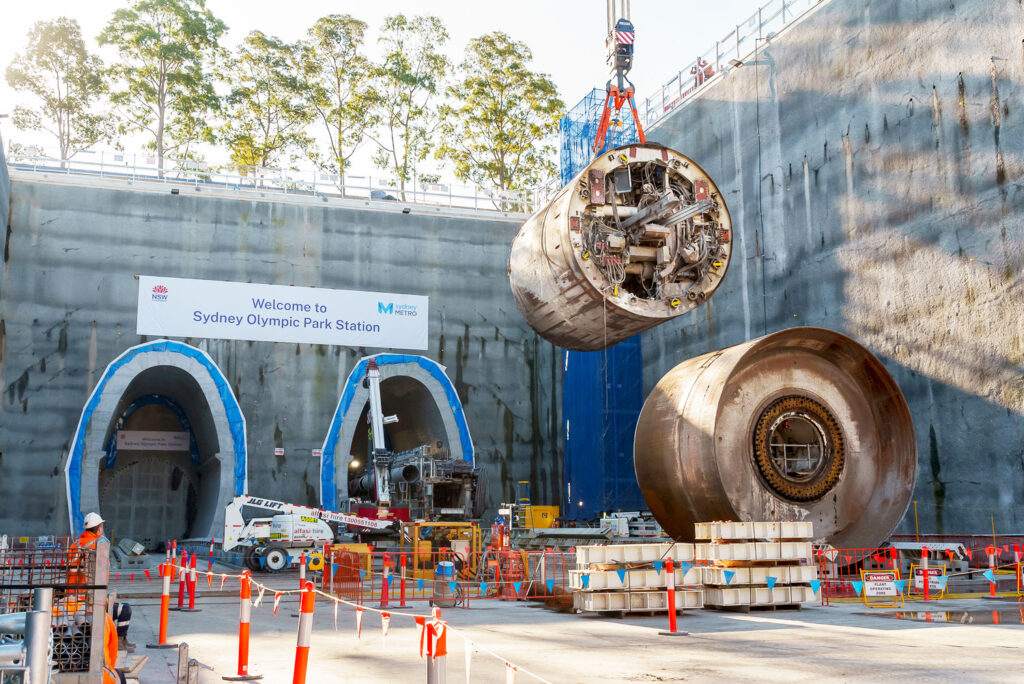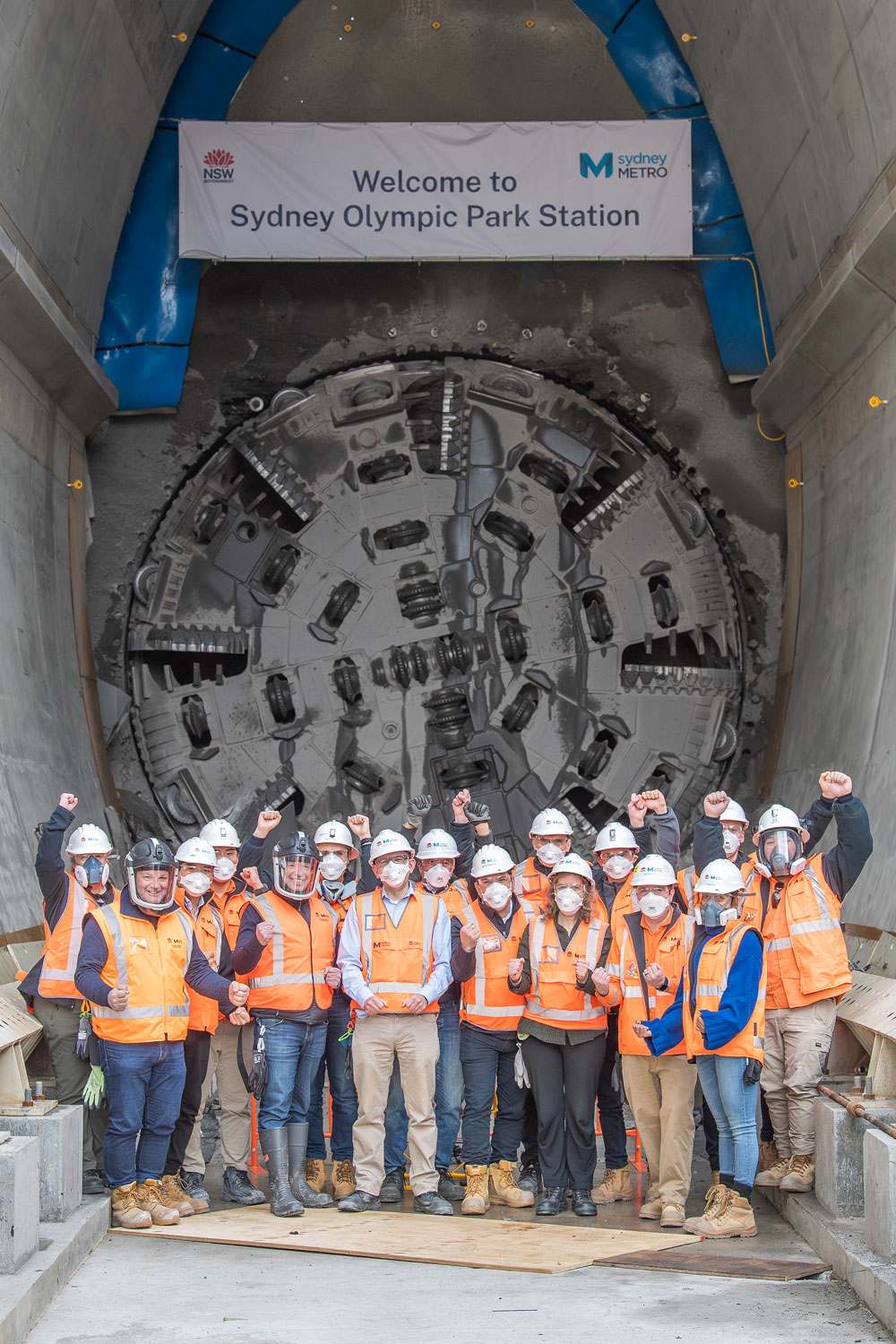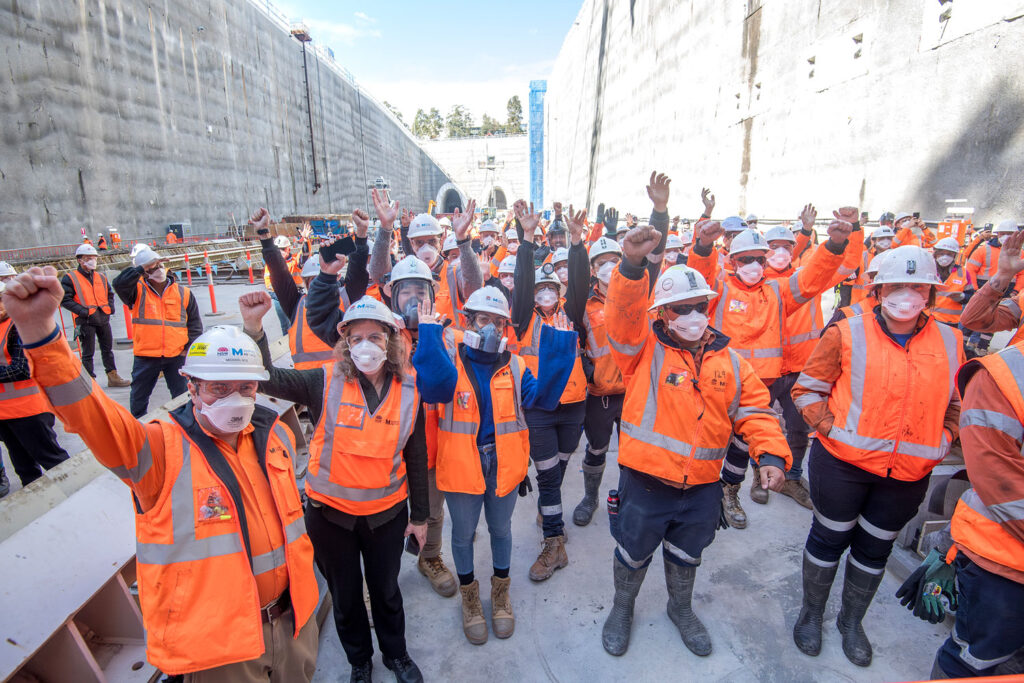Gamuda carves out history Down Under

The company’s award-winning tunnelling system opens up more collaborations, opportunities
Petaling Jaya: The importance of urban rail in creating sustainable cities continues to be recognised by governments all over, in particular Australia.
Just last month (Aug), the state government of New South Wales opened the city section of the Sydney Metro, a development that promises to transform its surroundings by enhancing public spaces with vibrant transport precincts to catalyse renewal and improved connectivity across all modes.
As Australia’s biggest public transport project, the Sydney Metro is designed to create new communities, improve amenities, and deliver new integrated station developments across Greater Sydney by connecting Sydney’s north west, west, south west and the greater west.
The second Sydney Metro line became operational last month and will be complemented by three lines that are currently under construction: Southwest, West and Western Sydney Airport.

Reception from Sydneysiders has been tremendous ever since the Sydney Metro was extended into the central business district last month through a series of underground stations, as it provides great connectivity from the booming North West region by allowing speedy travel under the Sydney Harbour.
The value of rail in providing efficient connectivity, and its ability to move many commuters in either direction at any given time, without being subject to constraints of road traffic, is clearly demonstrated here with the addition of up to four metro lines over 113km of fresh tracks serving 46 stations.
Gamuda committed to Australia and beyond
Gamuda Bhd of Malaysia has an active role to play in Australia’s drive to beef up its infrastructure, through the setting up of Gamuda Australia in March 2019 to capitalise on the Australian government’s aim to spend up to AU$120bil (RM375bil) over 10 years through its Infrastructure Investment Programme.
A key part of Gamuda’s strategy in Australia is partnering with local and international businesses to deliver infrastructure projects.
Its biggest win to date has been securing the Sydney Metro West–Western Tunnelling Package which is being delivered in a consortium with Laing O’Rourke.
The Western Tunnelling Package scope includes 9km of twin metro rail tunnels from Sydney Olympic Park to Westmead.
Gamuda Australia is now considered the group’s second largest base in the region, with the Australian unit ready to bid for diverse infrastructure projects ranging from tunnelling to road and clean energy.
Over the long term, Gamuda’s vision is to become a leader in the Australian infrastructure and construction sector by offering innovative solutions for large-scale public infrastructure projects and private investment opportunities.

Since commencing operations in Australia, one of Gamuda’s key focuses has been creating new job opportunities and providing industry-specific training for local people.
For example, Gamuda Australia has set up the state-of-the-art Tunnelling and Infrastructure Academy at Clyde, and this has provided opportunities to the wider community, from First Nations People to young Australians, including women, to have a fair shake at what is generally a male-dominated sector.
Through the consortium, Gamuda Australia has provided employment opportunities for new local hires to complement the skills and experience of the Malaysian team members, many of whom attended university and/or have a family based in Australia.
“In Australia, our strategy is bringing global expertise with local delivery.
“We create a win-win situation by hiring locally and partnering with businesses that understand this unique market.
“Gamuda gains valuable local insights and the community benefits from new opportunities.
“This collaborative model is a proven path to success,” said Justin Chin Jing Ho, managing director of Gamuda Engineering.
When it comes to mechanised tunnelling using tunnel boring machines (TBMs), Gamuda’s know-how in the area of autonomous TBM technology has allowed for a good degree of automation during excavation, and this innovation has proven its worth in both Malaysia and Australia, where tunnelling work is proceeding smoothly and on schedule.
Rail picking up steam in Malaysia
With its proven record in Malaysia (delivering mainline and urban rail lines), Australia, Singapore, Taiwan and more, Gamuda is now ready to contribute once again to its home country through more rail projects.
On the rail front, many projects are currently under construction, such as the East Coast Rail Link, the Johor Baru to Singapore LRT, the proposed high speed rail from Kuala Lumpur to Singapore, and the MRT3 (Circle Line).
When it comes to urban rail, the Shah Alam line (formerly known as LRT3) is expected to enter into revenue service by Sept 2025, while the JB-Singapore RTS is expected to begin service in 2026, followed by ECRL in 2027 (for the stretch from Kota Baru to Gombak).
This month, Malaysia has invited public feedback for the proposed alignment and station locations for its MRT3, a project that could potentially take up to a decade to be realised.
In the midst of all the above, the long-awaited Penang LRT is now shovel-ready, with Gamuda all ready to commence work as soon as the green light is given.
Officially known as the Mutiara LRT Line, this proposed urban rail system stretches 28km to connect George Town with Jelutong, Gelugor and Bayan Lepas on the Penang island side, while also having a future link towards Seberang Perai to bring commuters to and from the Penang mainland, across the Penang Strait.
A critical component of the Penang Transport Master Plan, the project that is owned by Mass Rapid Transit Corporation Sdn Bhd is expected to have 21 stations.
If construction begins on time the next quarter, the line is expected to be completed by 2030 to provide some relief to the congested roads in Penang, which has the fifth largest economy among Malaysian states.
Boasting a GDP of RM112bil in 2022, or making up 7.4% of Malaysia’s overall economy, the addition of this urban rail line is expected to transform Penang, like what rail is doing for other global cities like Tokyo, Seoul, Hong Kong, Singapore and Sydney.

